At Galeria Diferença, Catarina Pinto Leite presents a journey through the textures, forms and possibilities of Japanese paper as a means of expression of lightness and intimacy. Rua de mão única is an installation with several moments and areas that suggest the domestic and its nostalgic side.
With its low ceiling, rough floor and natural light coming in through the large windows, Galeria Diferença is not the typical white cube like most contemporary art galleries. Catarina Pinto Leite takes full advantage of these features. The artist uses the gallery as an intimate and personal space, like a home or studio. Rua de mão única comprises a site-specific installation made with several Japanese papers that go beyond the dimensions of our body, suspended and floating between the ceiling and the floor. The installation simultaneously generates a vertical and horizontal barrier that operates like the walls of a house. This barrier guides the route decided by the viewer, at the same time dividing the installation into several nuclei. The atmosphere is so intimate that the horizontal hanging of the Japanese papers reminds us of the nostalgic image of white sheets laid out in the backyard of a grandmother’s house that we love. Catarina Pinto Leite introduces Rua de mão única with a quote by Mira Schendel placed on the wall: “… it is not necessary to paint what we see or feel, but what lives inside us”; a thought that perhaps translates the artist’s vision on the issue of artistic creation, which does not depend on seeing, feeling, the concrete or the abstract. And the titles of the works seem to have hints of the artist’s interior during the creative moment, as the work Quando a escuridão descobre a luz says.
The Japanese paper installation is composed of several cut-outs. This creates a mesh of patches with overlaps and layers. The paper has handprints and scratches that look like graphite. It resembles a living surface of an experimental process. As we walk along the path of the work, its body oscillates, revealing the paper’s lightness, fragility and rigour. It seems that the piece feels our body’s vibration, which intensifies with each step we take towards it.
Turning around the Japanese paper curtain, we enter another room, where we see for the first time the next set of works. Here we find small-format drawings, done in Indian ink on paper with irregular margins. Small abstract landscapes of places that could be familiar to anyone have been drawn, as if we were mirroring images of previous experiences in something non-concrete. And the titles of the works are again indicative of the images’ delicacy and poetry: Longe daqui, Refúgio, Juntos or Intimidades, also reminding us that words can provide a path or narrative. Then Japanese paper is highlighted again with the work Fertilidade, where, using a different technique from the other works, the artist prints on Japanese paper a diluted photograph. It shows a body, a belly, a navel; the roughness of the paper imitates the human skin’s texture and volume. Fertilidade stands out as the only less abstract work, which establishes an intimate and personal rapport with the viewer.
Going around the Japanese paper curtains again, and in the brightest room of this gallery-house, we see next to the window Leveza. This is a work suspended from the ceiling, housed in an acrylic structure slightly larger than itself. With a rectangular format, like the other Japanese paper cut-outs we saw in the exhibition, Leveza brings out the transparency of Japanese paper, with luminous moments that cross the window and the piece. Leveza may speak of the subtleties between the exterior and the interior, between the public and the private.
Rua de mão única (which takes its title from Walter Benjamin’s homonymous book One-Way Street) shows the mastery of Catarina Pinto Leite’s technique, working with and on Japanese paper, transposing intimate, reflective and nostalgic experiences.
The exhibition is at Galeria Diferença until July 30, 2022.
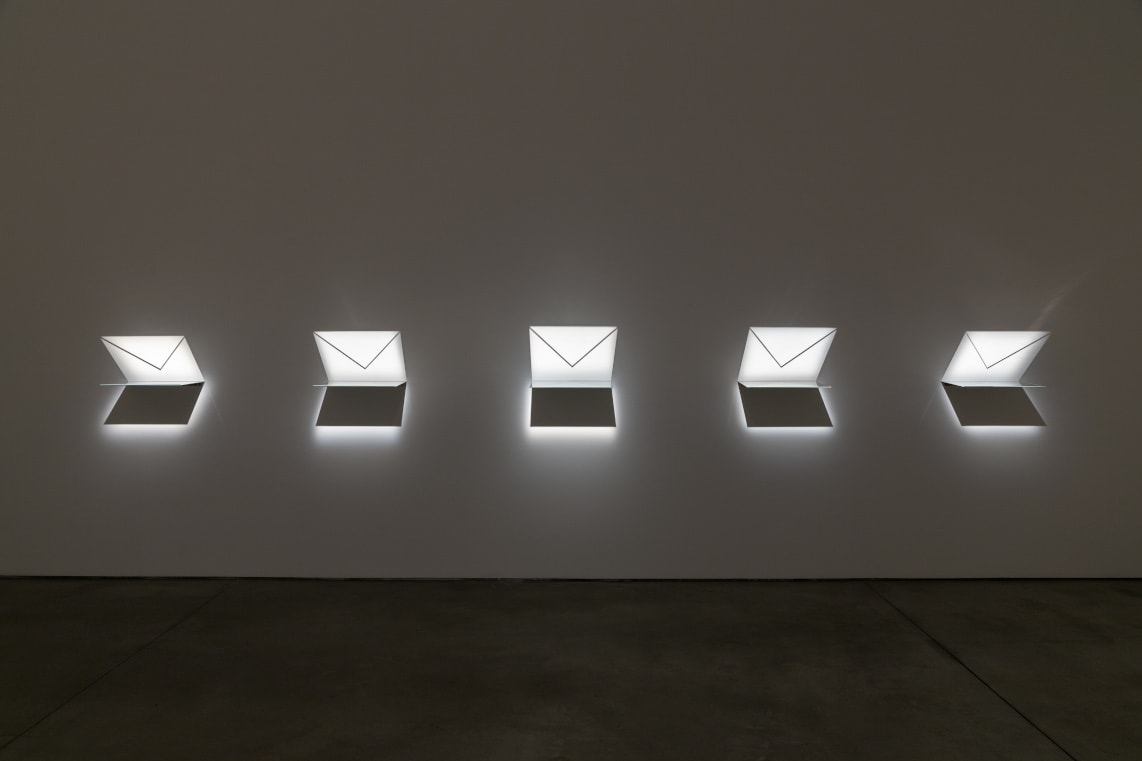
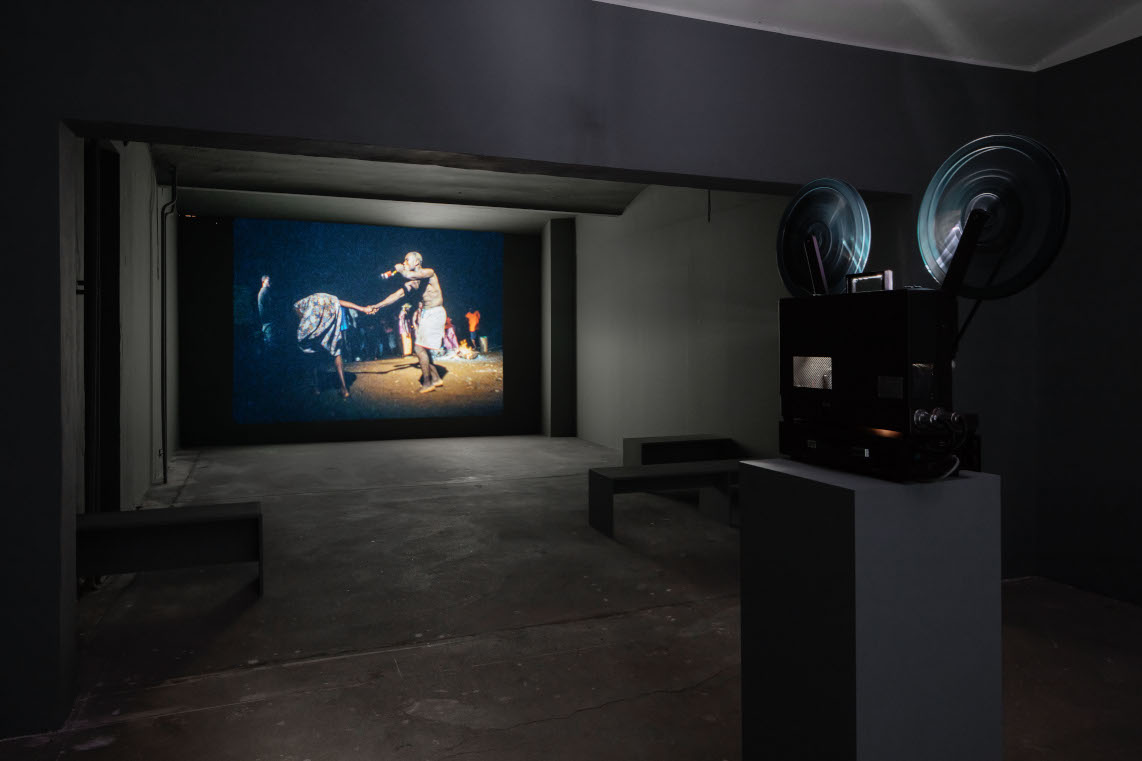
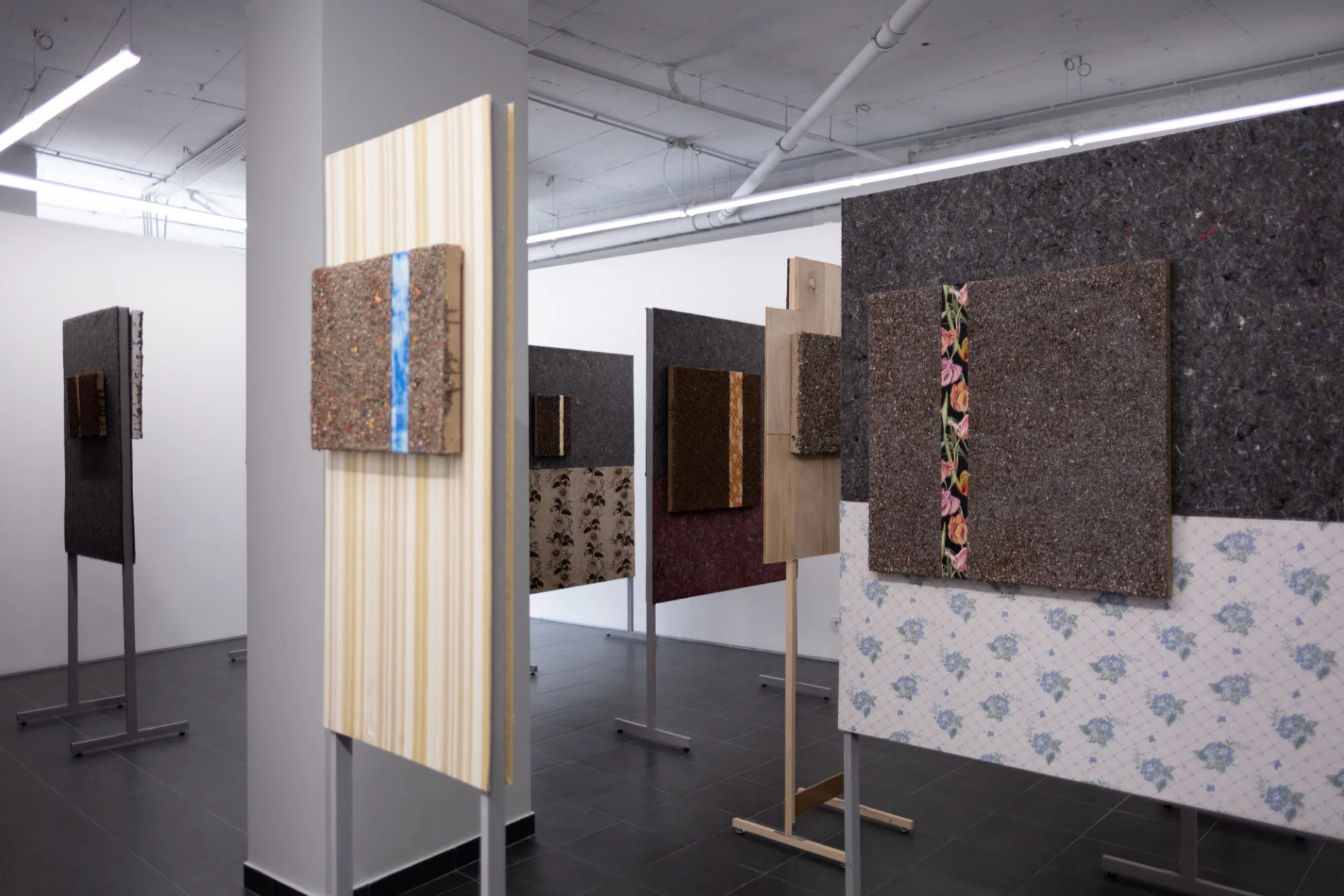
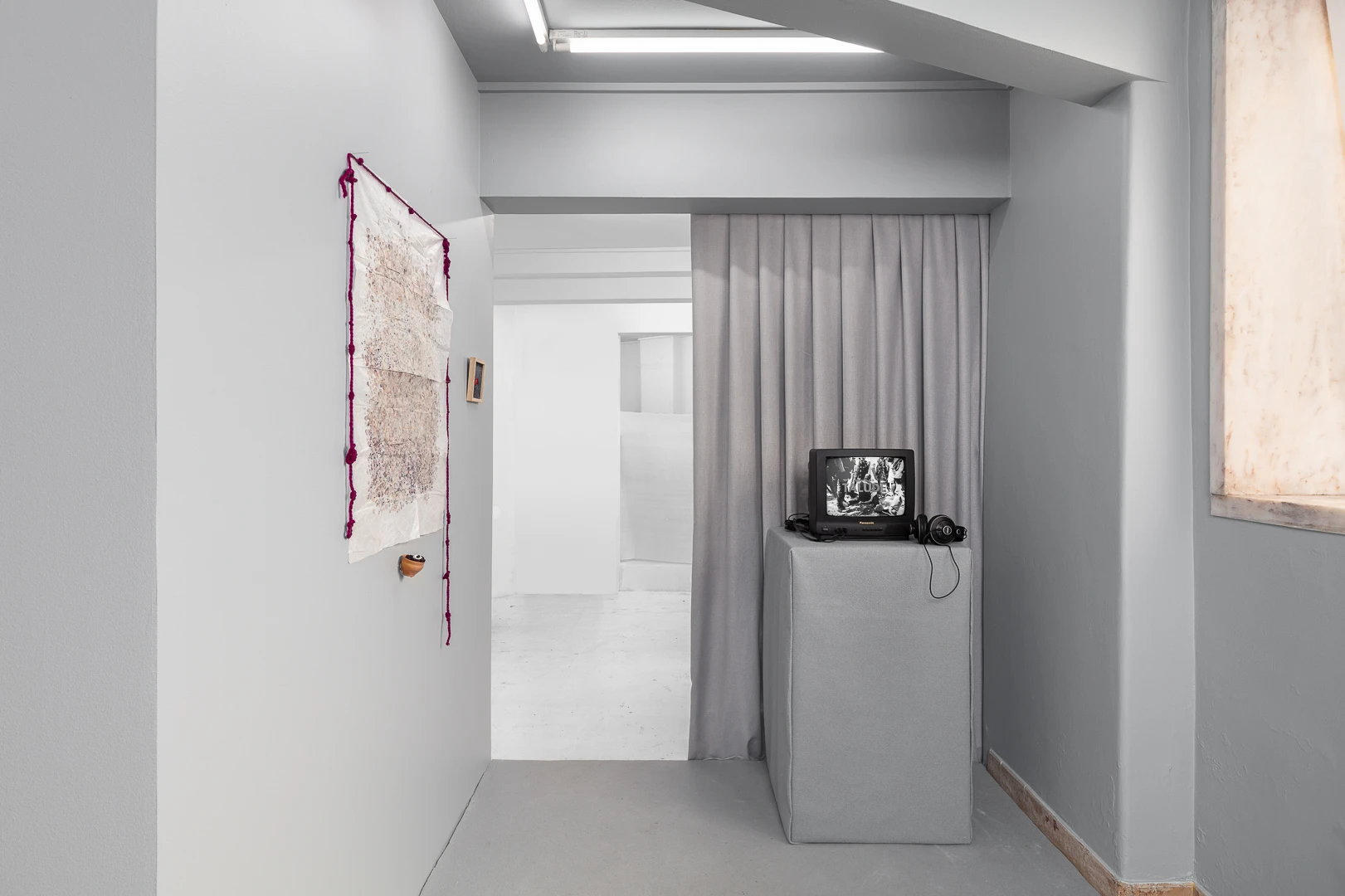
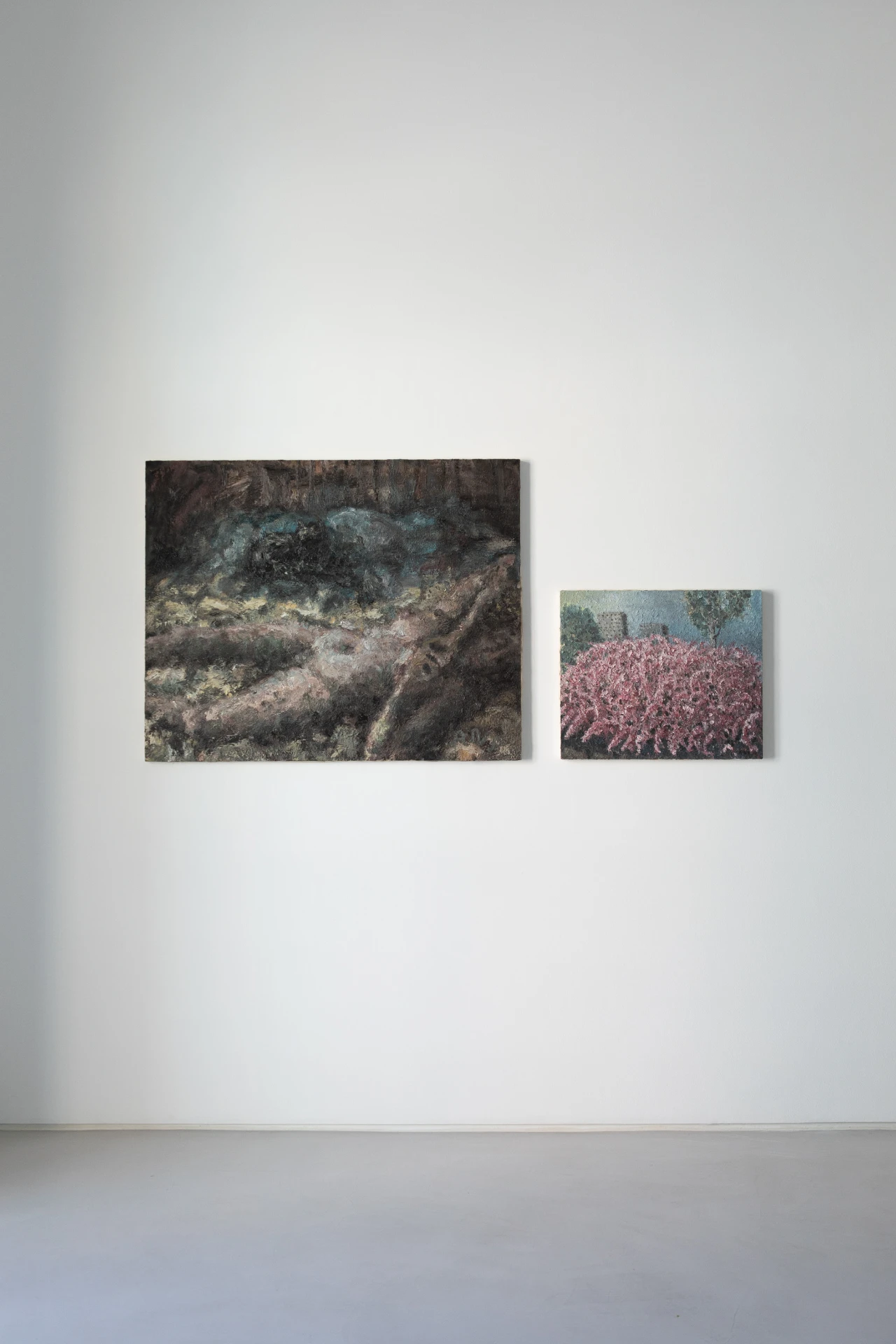
-nwaos.jpg)